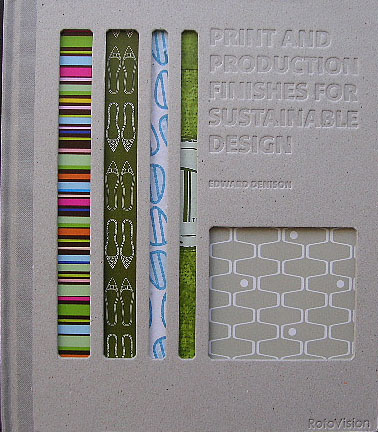
15 Apr Print and production finishes for sustainable design – Worldwide

The Rhino multitool
This animal-shaped key ring-sized pocket toolbox is specially designed for a niche sports market and contains every tool necessary for snowboarding, skateboarding and surfing, as well as being appropriate for a wide range of other uses. The inspiration for this compact and multipurpose design was the intended user: a lover of the outdoors, of nature and of the wilderness. The environmental characteristics of this design were therefore critical to its success as a product. It would have been considered irresponsible to design multiple products for this user group using up to 10 times the amount of materials for 10 different tools, including the resultant consumption of energy that this would have required, when an all-in-one tool would suffice.
The result? Ten utilities contained within one captivating, playful, stylish design. The product uses a combination of injection molded nylon and polished steel to achieve a modish and tasteful finish with appealing practical and physical qualities. The multitool is composed of two parts, the body and the head. The horns, front feet and back feet are the three full polish open-end wrenches. The four different types of interchangeable screwdriver tips are contained in the body and plug into the mouth, while the stomach serves as the ice and wax spatula, and the throat deposits the wax comb. The ears serve as a bottle opener and the tail is the key ring clip, available in several different diameters.

The edible coffee cup
Conspicuous consumption is considered to be one of the chief opponents of environmentalism, but not so in this case. This unique coffee cup is the first in history that can be eaten after the coffee has been drunk. Conceived by a design agency in Italy – one of world’s most renowned coffee-drinking nations – this comestible vessel presents a veritable environmental revolution in the ritual of coffee drinking.
Manufactured in the same characteristic form as the brand’s famous coffee cups, this design maintains the brand identity while significantly boosting its environmental and ethical characteristics. The edible quality of this unique cup was achieved through the crucial relationship with materials also associated with coffee drinking: biscuit and sugar.
The cup’s structural integrity is derived from the biscuit and an impermeable glazing of sugar that stays watertight regardless of how hot the coffee is or how long it stays in the cup. The manufacturing process begins with baking the pastry mixture in the mold, and then adding a lining of sugar glace to seal the interior surface that looks and feel remarkably like ceramic. A printed finish depicting the branded blue ribbon motif is applied to the surface using a wafer manufactured with the latest technology in edible non-flavored ink, which gives the product an unmistakable identity and at the same time upholds its exceptional environmental credentials.
Source: Print and production finishes for sustainable design, by Edward Denison
You can buy the book HERE


